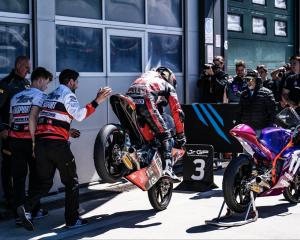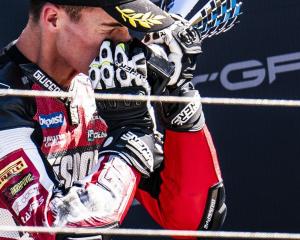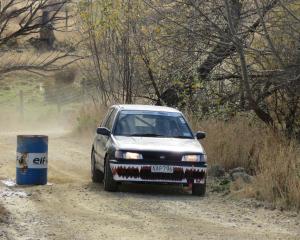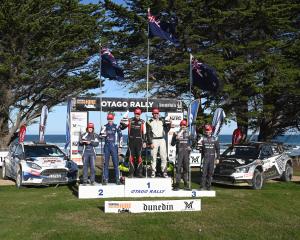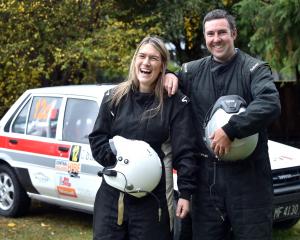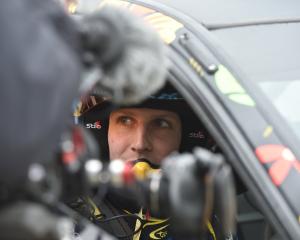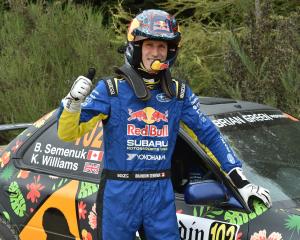Before locals flock to Forsyth Barr Stadium for a weekend of fast cars and smoking wheels, reporter Jonny Turner has a look at exactly what drifting is.
Drifting is not coming and going. It is not a boat with no motor. It is not a cricket game heading for a draw.
It is a serious sport and has a whole New Zealand championship of its own, the first round of which starts at Forsyth Barr Stadium on Friday.
Drivers in Japan in the 1970s are largely credited for instigating the sport.
The car racing tyres used at the time were suited to the technique of drifting around corners, as opposed to conventional cornering techniques.
Drifting involves a driver intentionally over-steering the car around a corner. Usually the rear, but possibly the front or all of the car's tyres, will lose traction.
Although traction is lost, the driver maintains control of and guides the car to the exit of the corner. There are two main drifting techniques, either using the brake or a clutch movement to change the force at which the car moves through a corner.
Despite the sport being established for more than a decade, the first drifting events were not staged until the late 1980s. From there, drifting evolved to where it is today, a hugely popular motorsport with professional race events all over the world.
Unlike most car contests, drifting is not based solely on finishing times. Scoring is based on four main components: line, angle, showmanship and speed.
Line is a pre-selected path on the track that judges set for drivers before the race. Angle is the angle of the car and the wheels as they execute the drift through a corner.
Showmanship includes the smoke the car's tyres generate, the crowd's reaction and how close the car is to the inside and outside of the track. Speed is the speed at which the car enters the turn, completes the drift and exits the turn
Judging takes place on the corners of a drifting circuit; the straights are largely irrelevant.
A drifting competition has two main phases - solo qualifying and then a paired knockout stage.
All entrants take to the course solo to gain the highest qualifying score possible. This weekend, the top 32 qualifiers are then put into a ranked draw for the knockout stages.
During this phase, drivers race off against each other to progress through the competition. The driver with the better score progresses while the other is out of the competition.
This weekend's racing is the first event in the D1NZ national drifting competition.
Winning a drifting competition means being the last man or woman standing. This weekend up to 80 professional and amateur drivers will compete in two separate classes.
Dunedin driver Andrew McClenaghan is the main Dunedin hope in the event and is looking for some support from his home crowd. He will be working on his car right up to the start on Friday.
The sport is fast-paced and loud at any venue, but the close proximity and roof at Dunedin's venue will have onlookers right up close to the action.
Event organisers recommend spectators wear earmuffs and eye protection. Facemasks are also encouraged.
Earmuffs and ear plugs will be available at the event merchandise booth.
-By Jonny Turner

